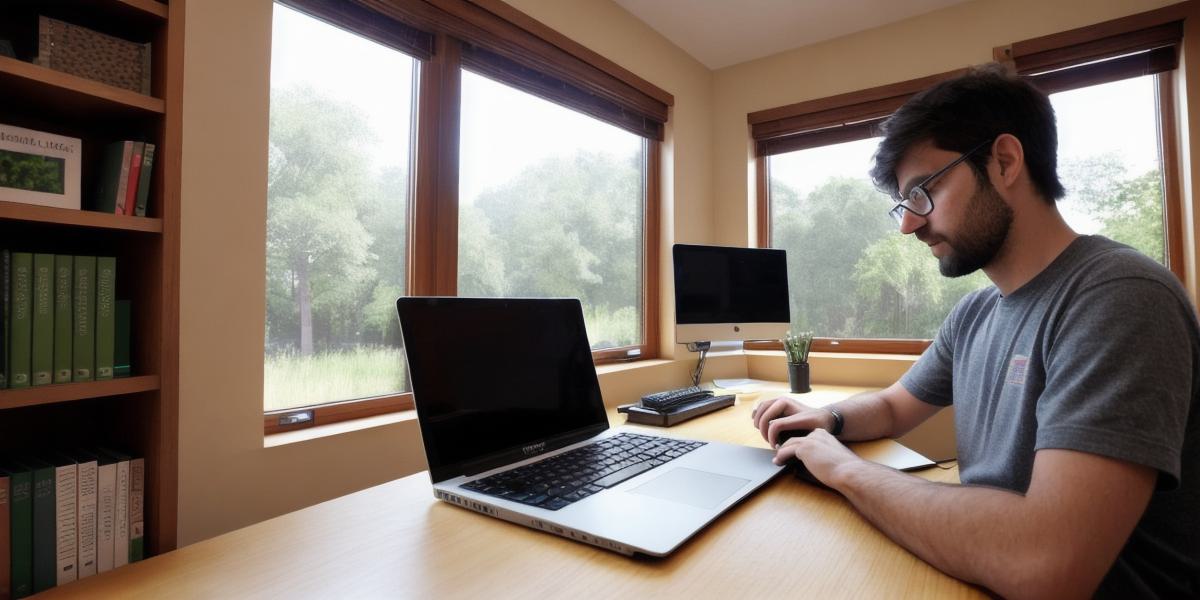Making Sense of Minecraft Server Hosting: A Step-by-Step Guide for Programmers

As a programmer, you may have come across Minecraft server hosting before but don’t quite understand it. Well, we’re here to help! In this article, we will guide you step by step on how to set up and run your own Minecraft server. We will also cover some important tips and tricks to ensure that your server runs smoothly and efficiently.
Step 1: Choose a Hosting Provider
The first step is to choose a hosting provider that suits your needs. There are various options available, such as dedicated servers, virtual private servers (VPS), or shared hosting. For beginners, we recommend starting with a VPS or shared hosting. These options are more affordable and easier to set up. Some popular hosting providers include DigitalOcean, Linode, and Bluehost.
Step 2: Install Minecraft Server Software
Once you have chosen a hosting provider, the next step is to install the Minecraft server software. You can download the latest version of Minecraft server from the official website (https://www.minecraft.net/en-us/). After downloading, extract the files to a directory on your server.
Step 3: Configure the Server Settings
After installing the server software, you need to configure the settings. The configuration file is usually located in the "config" folder of the Minecraft server directory. You can modify the settings according to your preference. Some important settings to consider are port number, server name, and whitelist.
Step 4: Start the Server
Once you have configured the settings, the next step is to start the server. Open a terminal window on your server and navigate to the Minecraft server directory. Then run the following command to start the server:
java -jar minecraft_server.jarStep 5: Connect to the Server
After starting the server, you need to connect to it using a Minecraft client. Open your Minecraft client and type in the IP address of your server. If you haven’t set up any port forwarding, the default port is 25565. Once you have connected, you can start playing with your friends.
Tips and Tricks:
To optimize the performance of your server, make sure to allocate enough RAM and CPU resources. You can use tools like Task Manager or top to monitor resource usage.
To ensure that your server is secure, enable encryption using SSL/TLS certificates. This will prevent unauthorized access to your server.
Consider implementing a backup system to protect your data in case of any issues. There are various backup solutions available, such as rsync and Snapshot Backups.
Conclusion:
Minecraft server hosting can be a fun and rewarding experience for programmers who love gaming. With the right tools and knowledge, you can set up and run your own Minecraft server with ease. By following these steps and implementing some best practices, you can ensure that your server runs smoothly and efficiently. So, what are you waiting for? Start setting up your Minecraft server today!








